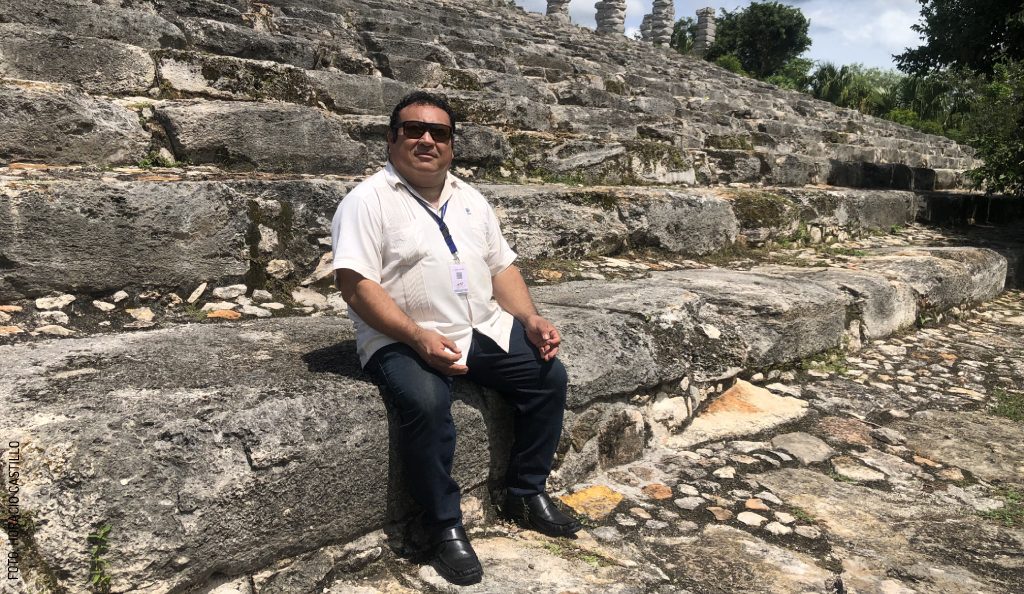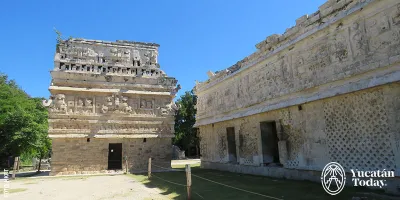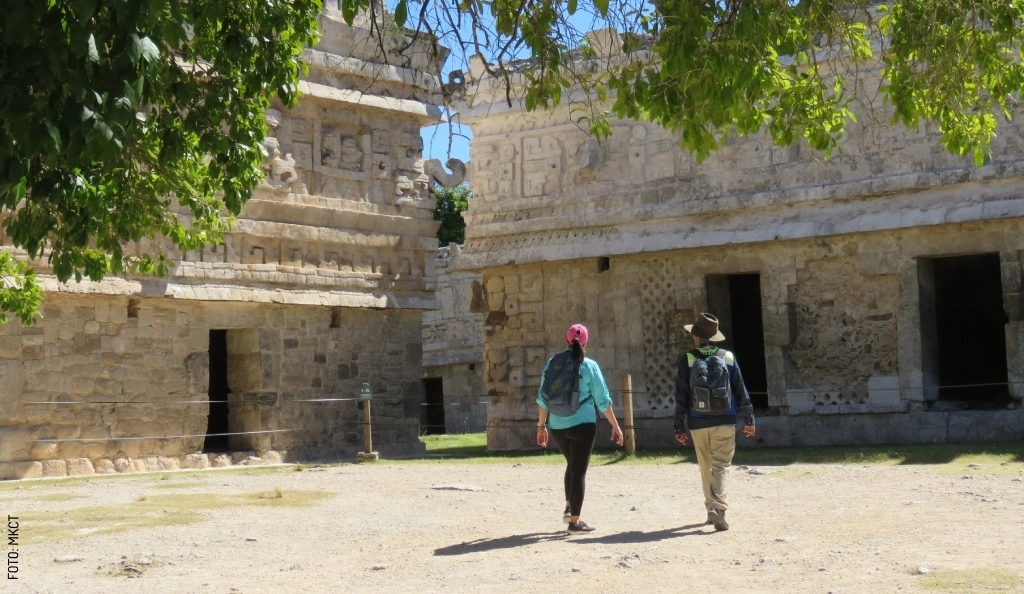
Chichén Itzá, 15 Centuries of Evolution
We tend to think about archaeological sites as static places: cities that are discovered, uncovered, shown to the general public, and frozen in time for future generations.
However, in México, at least, archaeological sites are places that are in constant evolution, thanks to the work (and huge effort) carried out by large teams with varied backgrounds, skills, and knowledge. Archaeologists, yes, but also restoration experts, architects, field illustrators, photographers, construction workers, engineers, and many other people who tirelessly work “behind the scenes” to unveil part of the lost splendor of the past.
Each of those people and the work they do deserves a separate article (and we’re definitely bringing those to you in the future), but for now we’ll focus on the object of their work; specifically, in the iconic, ever-crowded Maya site of Chichén Itzá.
Let’s start with some perspective.
México and its Relationship with Archaeology
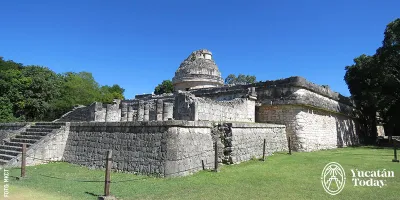
Archaeology originally emerges as an exploration and interpretation of the 'strange world' being discovered in colonial countries. Without intending to generalize, one could say that, especially in the 19th century, there was a very thin line between being an archaeologist and being a treasure hunter. Lootings were justified under the pretext of populating museums, which, also generalizing, were exhibitions of those rare and primitive phenomena found beyond the civilized world (that is, Europe).
And let's remember that since the encounter of the continents in 1492, Europeans arrived thinking they were encountering ignorant and inferior peoples. Unable to grasp the extent of their sophistication, they dismissed their knowledge as useless and destroyed it.
Archaeology in colonized countries (such as in Latin America, Asia, and Africa) thus takes on a different role. It is no longer about studying those 'other' strangers; instead, it is about studying ourselves—rediscovering the roots of our current practices and knowledge, and reclaiming our own place, not as inferior, but as equals who were unjustly treated and misrepresented in the history written by others about us.
In México, archaeological sites are a fundamental part of the nation's social heritage; they are (or should be) common assets, shared and accessible to all people, regardless of their social, economic, or cultural status. Archaeology, in turn, becomes not only the study of objects from the past but also of the people who conceived and built them, in order to interpret and understand the history that conquerors tried to erase.
Archeological sites in México
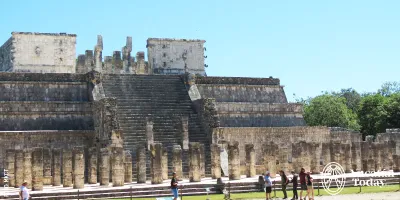 México is home to 80% of the archaeological discoveries made in the Americas, and one of the few countries in the world whose legislation mandates a percentage of its gross domestic product be destined to conserving its historical heritage. In México there are over 53,000 known archaeological sites, though only 193 of those are open to the public. Of those, 17 can be found in Yucatán, and not one of them attracts more visitors than Chichén Itzá. It’s actually what Chichén Itzá brings in revenue that helps maintain, research, and explore other sites.
México is home to 80% of the archaeological discoveries made in the Americas, and one of the few countries in the world whose legislation mandates a percentage of its gross domestic product be destined to conserving its historical heritage. In México there are over 53,000 known archaeological sites, though only 193 of those are open to the public. Of those, 17 can be found in Yucatán, and not one of them attracts more visitors than Chichén Itzá. It’s actually what Chichén Itzá brings in revenue that helps maintain, research, and explore other sites.
As far as we know as of today, Chichén Itzá was settled around the year 600 CE, so fairly late for Maya history standards. The city grew, evolved, and flourished over more than six centuries and, having fallen to the even younger city of Mayapán, it was abandoned in the 13th century. When the Spaniards arrived three centuries later, they heard about Chichén Itzá being a sacred site, which regularly received pilgrimages and offerings. The city was pretty much forgotten until the mid-18th century, when it was rediscovered and archaeologists began excavating it. Today, over 180 years later, both archaeology and archaeologists have changed; the excavation, documentation, study and interpretation of Mexican indigenous people is now carried out by Mexicans, who to this day continue to find the secrets pre-Hispanic cities hide in their very literal entrails.
The recent opening of Chichén Viejo (Old Chichén) to visitors is but one example. As you’re reading this (and as long as México’s National Institute for Anthropology and History can provide the funds), excavations, research, findings, and restoration continue to take place. It’s the hard work by a huge, remarkably talented group of people that allows us to better understand those who lived here before us, and who, like many others around the world, were unfortunate enough to find themselves on the wrong side of a history they didn’t get to write.
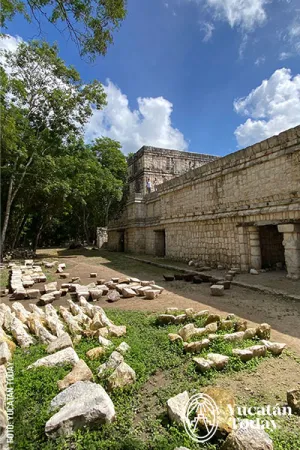 We’d like to thank José Osorio-León, Head Archeologist at the Chichén Itzá Archaeological Site, and his team for generously sharing their time and expertise with us.
We’d like to thank José Osorio-León, Head Archeologist at the Chichén Itzá Archaeological Site, and his team for generously sharing their time and expertise with us.
José Osorio León
Francisco Pérez Ruiz
José Arturo Cortés
Julio César Alonso Ramírez
Max Edwin Ayala
Juan Enrique Be Herrera
Abimael Cú Pérez
Elodia Acevedo Chin
Claudia Mei Chong Bastidas
Lizbeth Mendicuti Pérez
Miguel Angel Salazar Gamboa
Darwin Velásquez González
A huge thank you to all of them for taking the time to share their passion for what they do.
Ready to explore this wonder of the world for yourself? Here we share everything you need to know to plan the most complete visit to Chichén Itzá.
Photography by MKCT, Sara Alba, and Yucatán Today for use in Yucatán Today.

Author: Alicia Navarrete Alonso
As a kid I heard that there's more to see than can ever be seen and more to do than can ever be done, so I set out to try. I'm passionate about knowledge and I love to share whatever my own is.
¡Receive the latest articles and much more from the best of Yucatán in your email!
Related articles
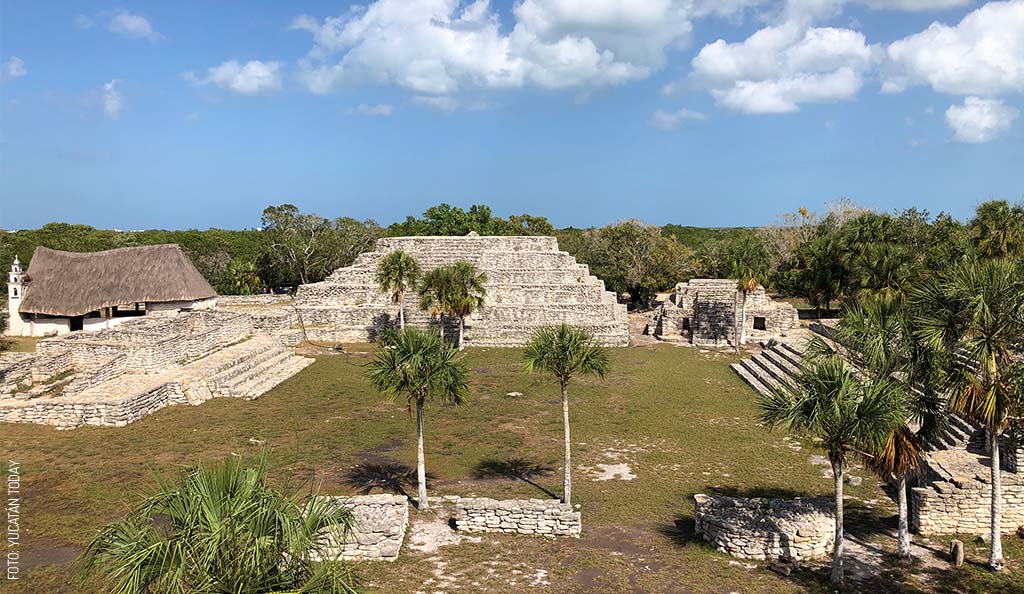
What We Know About the Maya Thanks to Xcambó
Xcambó is the only known archaeological site on the coast of the state of Yucatán. It is also considered one of the oldest, as it began to be...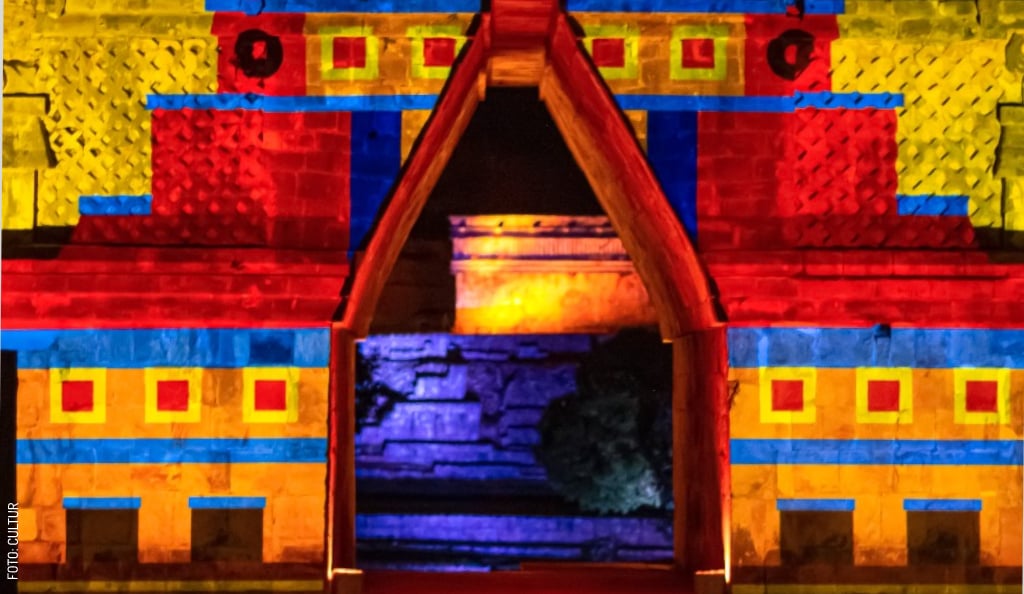
Back to Life at Night Through Ecos de Uxmal Video Mapping
The new video mapping show “Ecos de Uxmal" finally does justice to this archaeological site, it's spectacular from the moment you step.